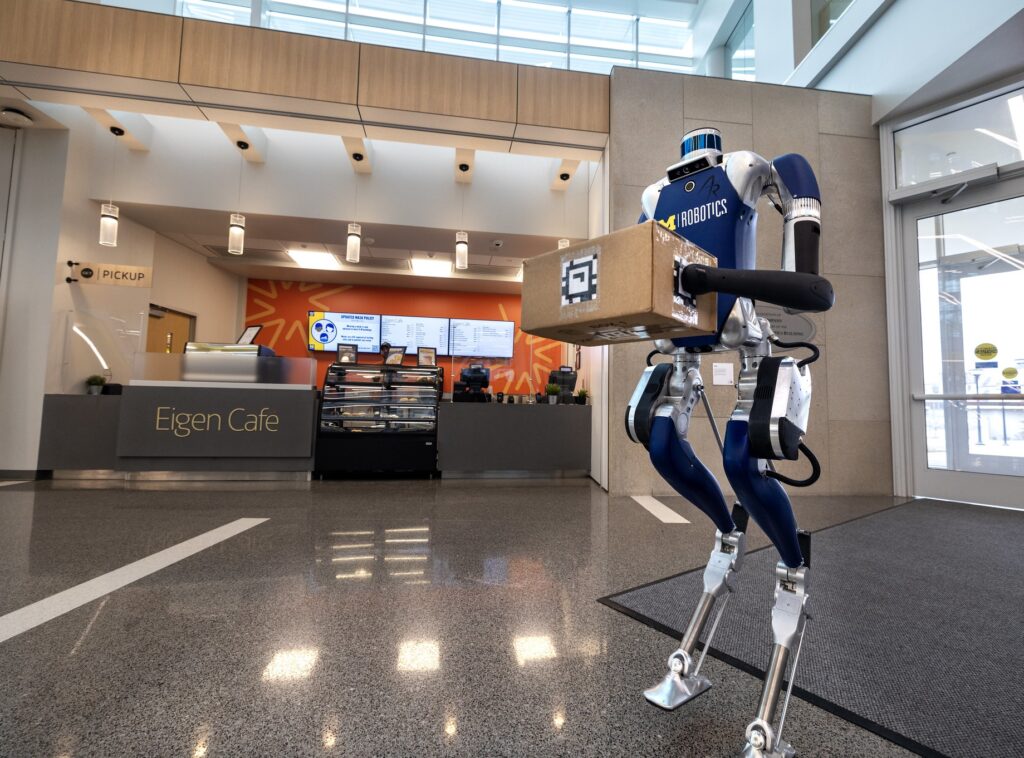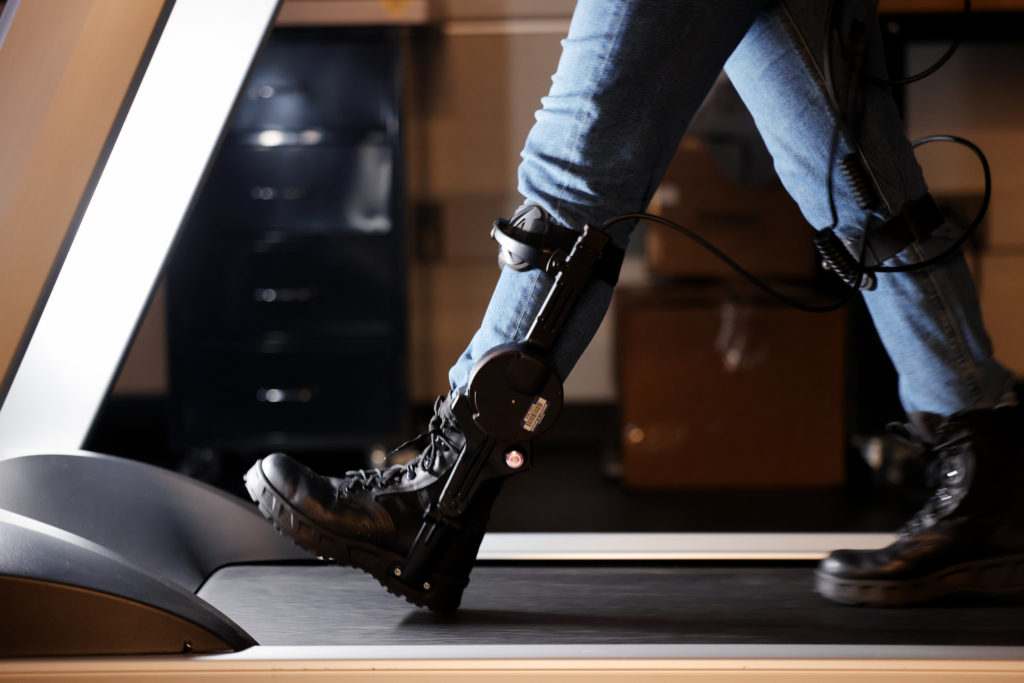Enhancing humanoid robot actuator design in new $1.2M project
August 29, 2024

Researchers at the University of Michigan have been awarded a $1.2 million grant from the National Science Foundation (NSF) to enhance the design of humanoid legged robots, enabling their use in demanding situations such as warehouse labor and emergency response. The researchers will develop a new framework for designing energy-efficient robots by focusing on a specialized type of motors: Quasi-Direct-Drive (QDD) actuators with Unidirectional Parallel Spring (UPS) mechanisms.
“Preliminary simulations indicate a potential 20% improvement in locomotion energy efficiency,” said Yanran Ding, assistant professor of robotics and the project’s principal investigator.
Continue reading ⇒
